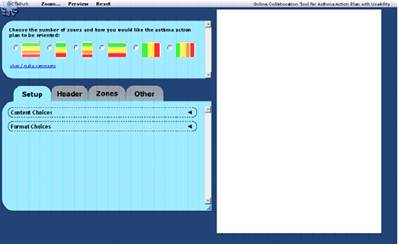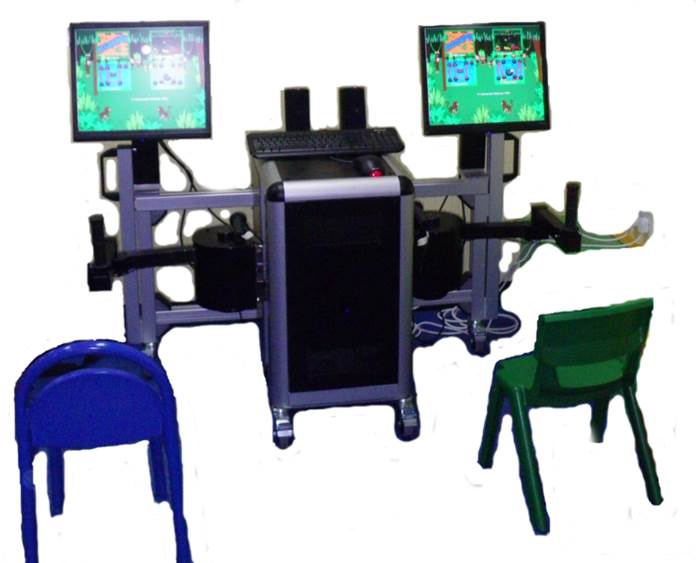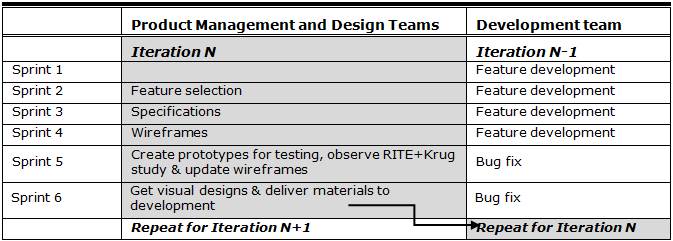Usability of Interactive Systems: It Will Get Worse Before It Gets Better
One would think that by now that software applications, online services, and electronic appliances that are poorly designed and difficult to learn and operate would be a thing of the past. After thirty years of CHI conferences, twenty years of UPA conferences, and countless books, articles, and websites about usability and interaction design, shouldn’t all software developers “get it” by now that careful task-focused design and usability are crucial for the success of interactive products and services? Alas, it is not so. In fact, more companies than ever still don’t get it: They are churning out bad interactive products and services with little or no awareness that they are doing so, and/or no idea how to do better. Certainly, the …




